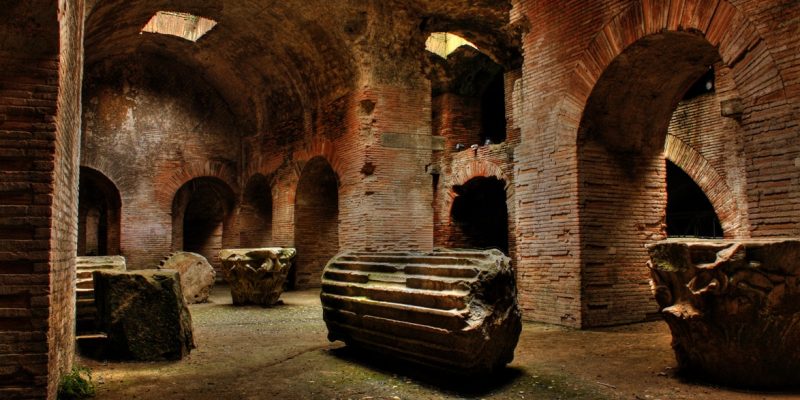From early human settlements to today’s global metropolises, natural stone has played a central role in shaping the built environment. Its strength, availability, and timeless beauty made it the preferred choice for expressing power, spirituality, and permanence. At SAEZ Sandstone, we honor that legacy: every block we extract and shape today continues a living tradition rooted in millennia of architectural history.
Egypt: Stone as a Symbol of Eternity
The Egyptian civilization created some of the most iconic structures in human history using stone. The pyramids of Giza, constructed from millions of limestone blocks, were not merely royal tombs—they were monumental statements of eternity. These projects demanded decades of labor and extraordinary organization to quarry, transport, and align the blocks with precision. Beyond pyramids, temples and colossal statues were carved directly from bedrock or built with massive monoliths, embodying a spiritual connection between the earth and the cosmos. Stone protected sacred relics—and preserved memory itself.
Mesopotamia: Foundations of Civilization
Even before Egypt, ancient Mesopotamian societies such as the Sumerians and Akkadians used both stone and clay in construction. While mudbrick was dominant, their most sacred structures—like ziggurats—often had stone foundations or core components. These stepped temples, connecting heaven and earth, relied on stone for durability and symbolic presence. In Mesopotamia, stone marked boundaries between the human and the divine.
Greece: Harmony, Beauty, and Proportion
Greek architecture established stone as a medium of harmony and rationality. Temples like the Parthenon, built with marble and local limestones, were designed to express philosophical ideals. Doric, Ionic, and Corinthian columns were not just structural supports—they communicated balance, beauty, and clarity. Every mold, capital, and frieze was a study in proportion and geometry. In Greece, stone was carved as much as it was built, forming a language of perfection that continues to inspire architecture today.
Rome: Engineering an Empire in Stone
Roman engineering took stone to new functional heights. Aqueducts such as the Pont du Gard and Segovia’s aqueduct, along with roads, theatres, and fortresses, were built with extraordinary precision. The Romans combined finely cut stones with masonry techniques and opus caementicium (an early form of concrete often faced with stone). For Rome, stone wasn’t just a symbol—it was the literal infrastructure of empire. Segovia’s aqueduct still stands today, nearly 2,000 years later, a testament to Roman mastery of material and method.
The Middle Ages: Stone as a Symbol of Transcendence
During the medieval period, stone remained a sign of strength, spirituality, and protection. Gothic cathedrals—with pointed arches, rose windows, and towering spires—brought stone to new architectural and symbolic heights. Fortified cities, castles, and massive walls protected entire populations. Stone signaled both divine aspiration and social power. Sculpture once again became integral to architecture, telling stories and invoking sacred truths through material permanence.
Renaissance and Baroque: Stone as Art
From the Renaissance onward, stone was increasingly treated as a canvas for art. Facades, staircases, fountains, and palaces were carved with near-sculptural precision. The texture, reflectivity, and tonal variation of stone became tools in the hands of masters like Michelangelo and Bernini. Stone was no longer just functional—it became an expressive material, reflecting light, form, and artistic vision.
Present and Future: Continuity and Innovation
At SAEZ Sandstone, we believe that building in stone today is a way to participate in an ancient dialogue. Not out of nostalgia, but through innovation. We use modern extraction methods, ensure traceability, offer large-format pieces, and bring deep expertise in the properties of each stone type. Our sandstones, known for their texture and strength, are featured in contemporary architectural projects across Europe, Africa, and Asia.
Conclusion
To build with stone is to build with history. It means leaving a mark that, like the pyramids, temples, and aqueducts, will endure across generations. At SAEZ Sandstone, every stone we deliver carries that responsibility: to transform timeless material into contemporary architecture—linking past, present, and future.

